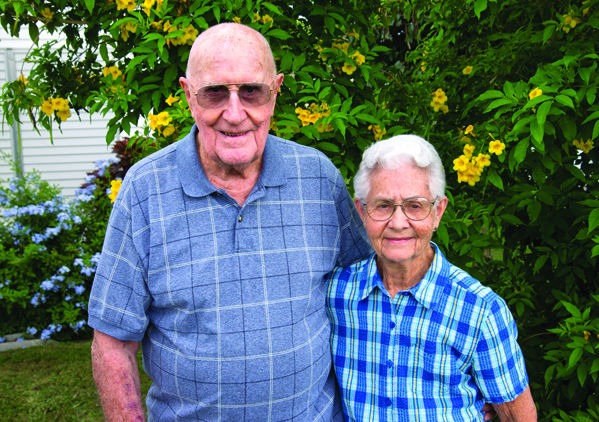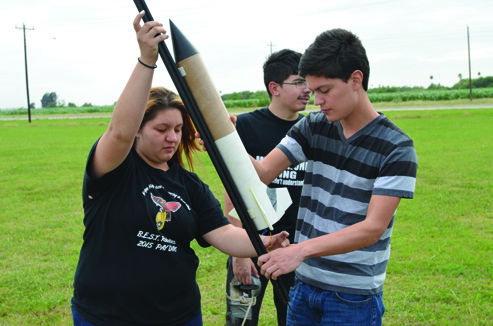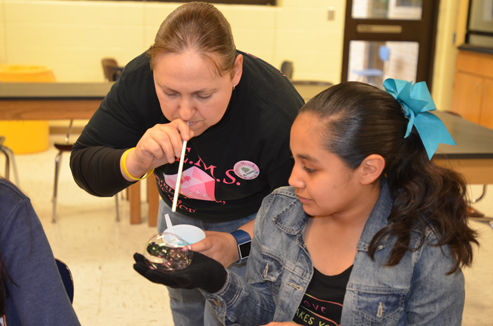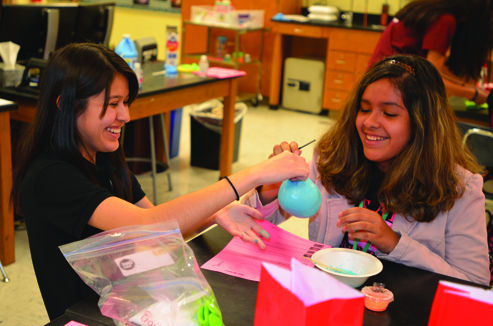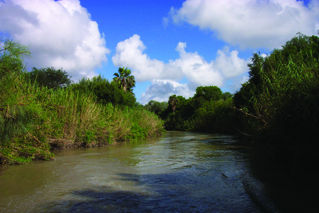HARLINGEN — Gloria Ostberg has cared for so many newborn babies over the past two decades it’s hard to keep track.
“Goodness, it must be thousands,” she said.
Ostberg, 88, has been volunteering at Valley Baptist Medical Center’s Newborn Intensive Care Unit for the past 21 years.
It began when she and her husband, Archie, 92, decided they wanted to volunteer at the hospital. At first, she thought about pediatrics.
“At the time, they didn’t need anybody at pediatrics and they mentioned the newborn unit,” Gloria said.
“I said I’d try that. Well, I loved it. The nurses are absolutely wonderful. They are so trained; they know what move to make, when, and they are a very, very good department.”
Newborn Intensive Care has “many babies,” she said. A week ago, there were 22 in the unit in one day.
“I hold the babies and I’m a grandma to them all,” she said. “I spoil them and send them home to mom,” she laughed.
“Some of those babies are very, very sick. I feed them and just hold them and cuddle them and love them to death.”
The couple are originally from St. James, Minnesota.
Archie, a World War II veteran, was a U.S. Army first scout in the European Theater. After the way, he worked as an electrician for a rural electric company.
Gloria says that when she was working, there weren’t as many titles as there are today. But she worked for schools and welfare departments “like a receptionist, secretary.”
They began coming to the Rio Grande Valley as Winter Texans and 35 years ago, decided to move to Harlingen permanently.
They both wanted to volunteer.
“We’ve been so fortunate in so many things that have happened in our lifetime,” Gloria said.
“I’m a breast cancer survivor and my husband was in World War II and we both survived them both. So we have so much to be thankful for.
“I’m just thankful that we are able to do this volunteering, because it’s really, really worth what we do.”
They both also volunteer at the VA clinic here. And for the past 26 years, Gloria has volunteered as a tutor for the Rodriguez Elementary School reading program.
“Right now, I have two little second graders,” she said. “They need help just with their reading and learning their words.
“They read to us and they have some worksheets that they do. It’s a wonderful program. You see a big improvement over the course of the school year.
“It just makes me feel good that I can help these kids with whatever I can help them with and help get them a little bit further in life.
“They’re just all little sweethearts to me and I love helping kids.”
Gloria and Archie also volunteered at a hospice here.
On May 4, they will celebrate their 70th wedding anniversary.

